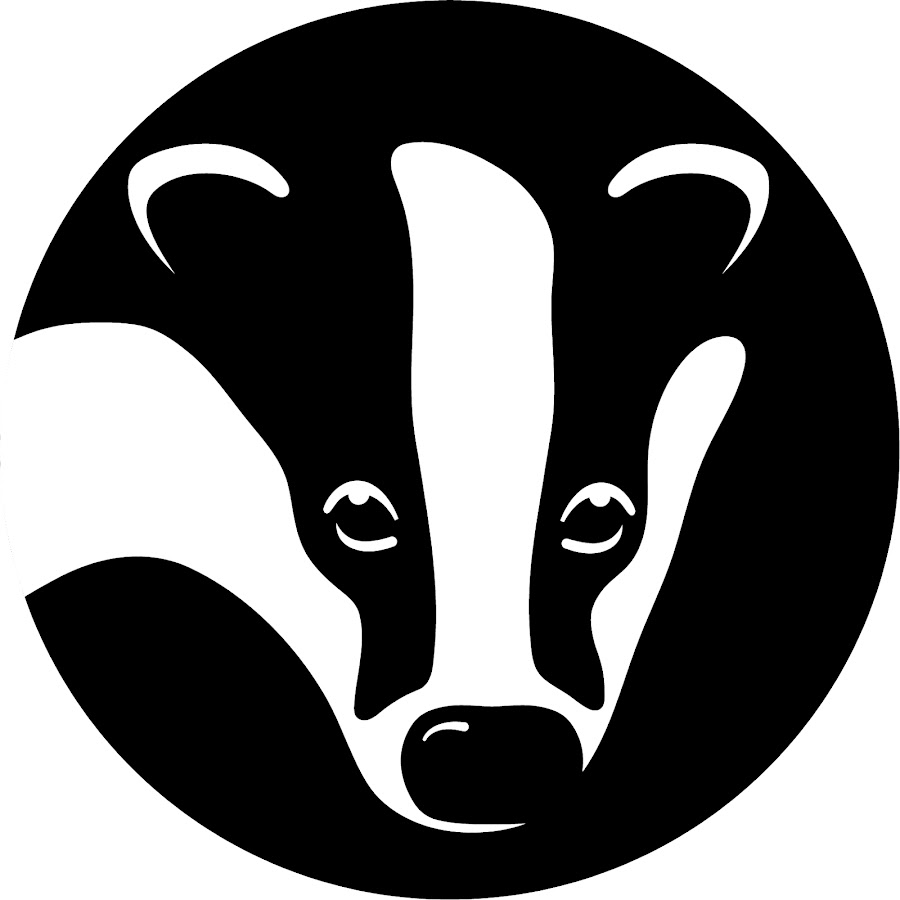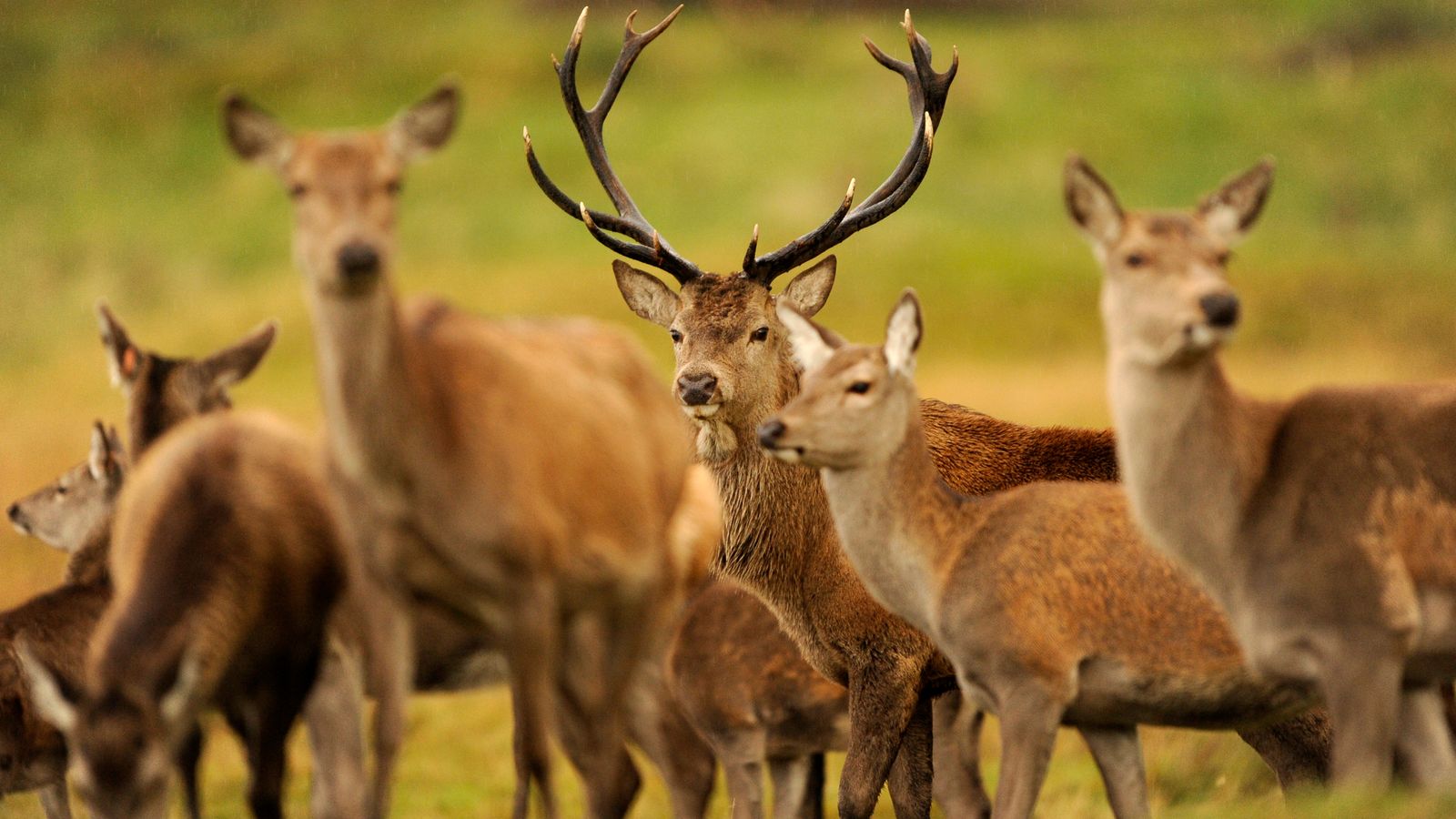A seemingly never-ending stream of deer bound across a main road, bringing traffic to a standstill. Two stags trot down a hospital corridor. A deer herd invades a surburban garden.
There’s a new brand of wildlife video doing the rounds on social media - and the generally positive image enjoyed by the animals means the scenes may delight onlookers.
But many experts say the largely uncontrolled growth of Britain’s deer population creates significant ecological dangers.



This is the best summary I could come up with:
Defra is among the organisations highlighting problems caused by “excessive” deer grazing, including damage to crops, woodland, trees managed for timber and our natural biodiversity.
When large numbers of deer graze in woodland, it reduces plant and animal diversity - in turn affecting soil and releasing carbon, according to the Forestry Commission.
Common species including robin, wren and blackbird are less likely to be in woodland areas where there are deer, research by the British Trust for Ornithology shows, and vulnerable breeds such as nightingale, nightjar and woodcock are negatively impacted.
“When they’re basically giving over more time to be vigilant, keeping an eye out for who might be creeping up on them, they’re not foraging as effectively, which means they don’t put on as much weight, they’re not in such good breeding conditions, so that can reduce the birth rate.”
It is difficult to predict how successful reintroducing predators would be as a measure of controlling the deer population, and there might be periods of time where it has a bigger or smaller impact, Dr Sandom says.
Read more from Sky News:Two horses die on first day of Cheltenham FestivalPeople with facial tattoos, piercings and beards wanted to help train guide dogs
The original article contains 786 words, the summary contains 203 words. Saved 74%. I’m a bot and I’m open source!